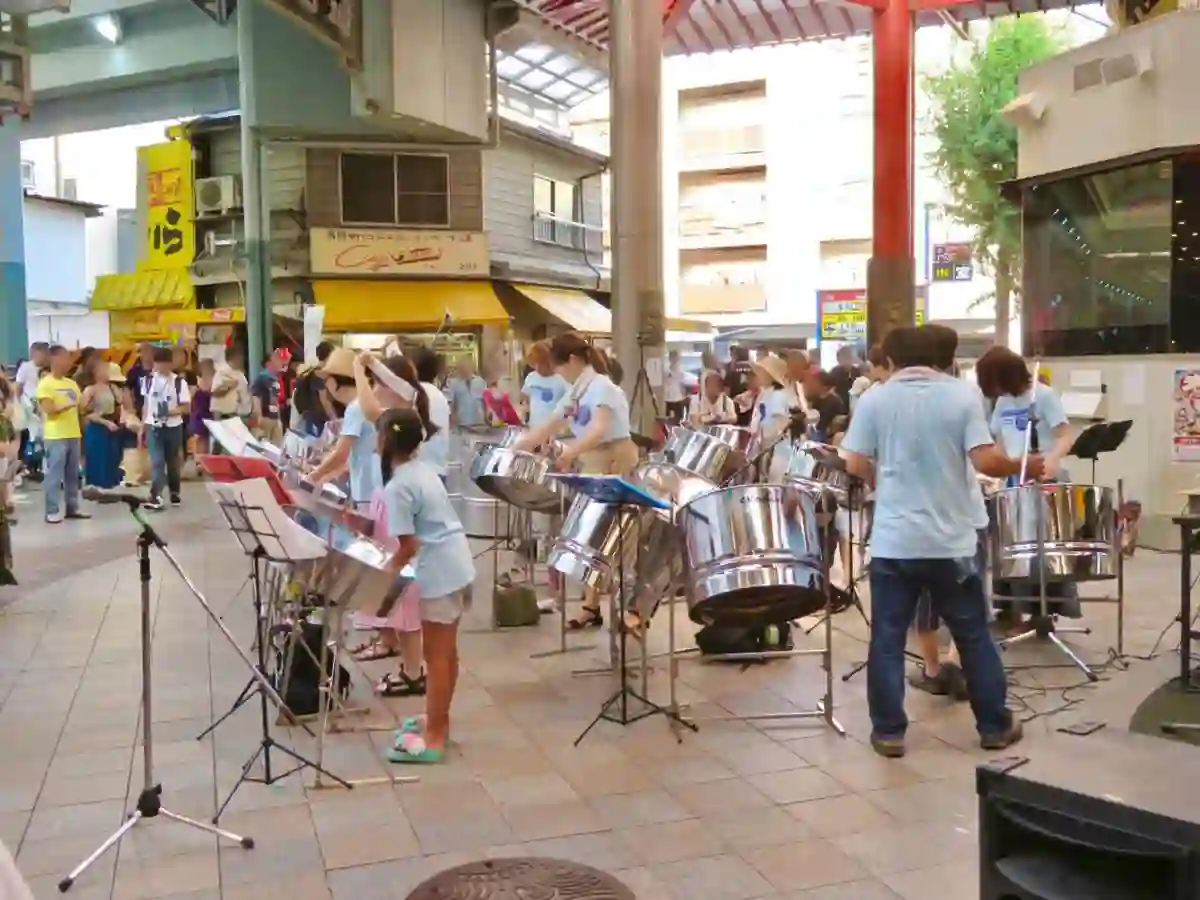Music has a way of crossing borders, telling stories, and connecting people who have never met.
And every year on August 11, the world comes together to celebrate one instrument that carries the vibrant soul of the Caribbean — the steelpan.
This global celebration, known as World Steelpan Day, was officially recognized by the United Nations in 2023, making it a date that now echoes with rhythm and history across continents.
The Story Behind the Steelpan
The steelpan — often called the steel drum — isn’t your typical percussion instrument.
Instead of a stretched leather or synthetic membrane, it’s made entirely from steel.
Its melodic notes come from carefully hammered and tuned sections on its surface, turning a metal sheet into a piece of musical art.
The instrument’s story begins in the 1930s in Trinidad and Tobago, born out of creativity and necessity.
When local laws banned traditional drums and bamboo sticks, musicians turned to discarded steel barrels.
What began as an act of defiance soon became a proud cultural legacy.
Craftsmanship and Playing Style
Making a steelpan is an art in itself. Crafted from steel sheets between 0.8 to 1.5 millimeters thick, each section is shaped into petal-like indentations, each representing a note.
To keep its rich, bright tone, a steelpan needs regular tuning at least once or twice a year.
Players typically use two straight sticks with rubber tips, but seasoned musicians often go further — handling up to four sticks at once to create intricate rhythms and melodies.
From Plantation Fields to International Stages
In its early days, steelpan music was the heartbeat of sugar plantation workers, helping them keep rhythm and pace while they worked.
Over the decades, it moved from the fields to street corners, clubs, and global music festivals.
While steelpan performances are often group affairs, solo acts still showcase the instrument’s range and emotional depth.
Its rise in popularity has made it a defining symbol of the Caribbean, so much so that in 2024, Trinidad and Tobago’s Prime Minister announced plans to feature the steelpan on the national flag.
A Military First and a Tool for Learning
Trinidad and Tobago is also home to the world’s only military steel orchestra, a unique testament to the instrument’s cultural integration.
Beyond performance, the steelpan plays a big role in education, helping students explore music, rhythm, and even STEM-related skills through hands-on learning.
Its versatility allows it to cross into various sectors — from tourism and culture to science and technology — making it more than just a musical icon, but also a bridge to sustainable development.
How the World Celebrates
World Steelpan Day is more than just a date on the calendar.
Around the globe, communities mark the occasion with concerts, parades, workshops, and competitions.
These events not only spotlight the steelpan’s unique sound but also celebrate the Caribbean heritage that gave birth to it.
Whether you’re hearing it in a bustling festival in Port of Spain, a quiet park in London, or a summer street fair in New York, the steelpan’s joyful tones carry the same message — music is a shared language, and this one speaks of resilience, creativity, and unity.
